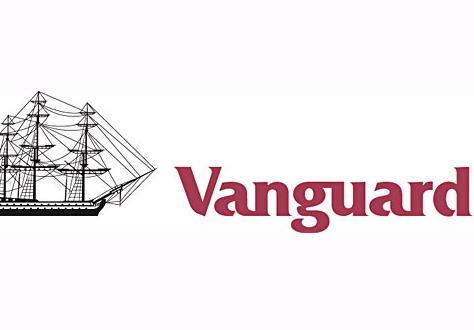Emerging Market Bond ETFs Look Under The Hood (EMB PCY EMLC ELD)
Post on: 4 Май, 2015 No Comment

With Treasury yields at historic lows — the interest rate on 10-year treasuries has been below 3% since 2011, and five-year bills have been under 3% since the financial crisis hit in 2008 — investors seeking to diversity their government bond holdings have turned to emerging markets. which historically have offered higher rates. Exchange-traded funds have often been an efficient way to access such investments, and their relatively low expense ratios and liquidity make them more palatable for those who want an easy way in and out. (For more, see: Invest in Emerging Market Bonds with this ETF .)
11.67%
The returns on treasury ETFs and emerging market bonds are roughly comparable, but it’s clear that the emerging market bonds are much more volatile — the returns on those ETFs have a much wider range than those of the Treasury-based funds.
What is Inside Matters
This shows that the returns on the foreign bond ETFs are probably highly dependent on what’s in them. Looking at the top holdings of iShares JPMorgan USD Emerging Markets Bond Fund, for instance, one finds that the biggest pieces are bonds from Russia, Poland, PETRONAS (the national oil company of Malaysia), and senior unsecured debt of Argentina and Peru.
Meanwhile, the PowerShares Emerging Markets Sovereign Debt Portfolio has bonds from Korea, Romania and Latvia.
The Market Vectors Emerging Markets Local Currency Bond ETF has yet another combination with RusHydro (a Russian hydroelectric company) as its top holding, followed by Chilean government bonds and the South African utility Eskom.
Transparency is an Issue
Typical equity ETFs, on the other hand, will tend to have roughly similar top-10 holdings. In part this is because a large-cap ETF will only have so many companies to choose from. But another factor is that getting a representative picture of emerging-market debt can be a complicated thing to do. Many emerging markets suffer from a lack of transparency. In other cases, a big local corporation may take out dollar-denominated debt and be trusted to pay it back, while a government bond issue of similar size is considered riskier. This is very different from the U.S. where the government has yet to default on a bond payment, though individual companies have. (For more, see: The Better Bet: Emerging Market Debt or Equity? )
This gets into the risks of any emerging market funds, debt or equity. On the upside, the returns can be quite good; for debt funds any increase in the creditworthiness of a given country can yield big profits for investors. On the downside, emerging markets are generally more likely to default on government debt — see Argentina as a recent example. Risk and reward tends to be rather country-specific. Even so, emerging market bonds are a good diversifier, if for no other reason than that some markets aren’t coupled as strongly to the U.S. or Europe.
The Bottom Line
Emerging market debt could have a place in your portfolio, but don’t get too dazzled by high yields. Risks are high but so are rewards, so act accordingly by using such investments as a diversifier, not the core part of your holdings. (For more, see: Investing in Emerging Market Debt .)














